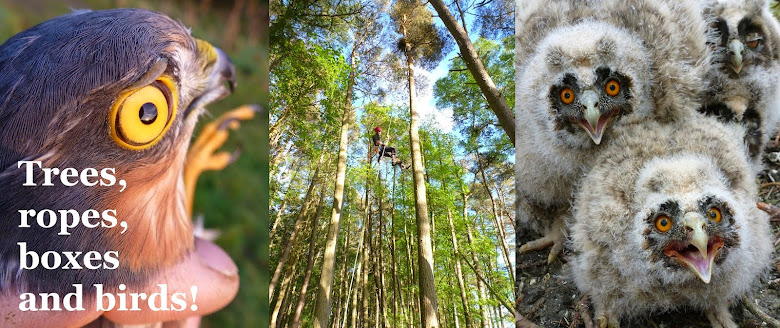Every morning and every evening a great streaming rabble of corvids makes it way out of and back into the heart of the city of Timisoara. Leaving in great waves, they first circle up out of the park and then head on to breakfast. I estimated that at peak flow was about 100 birds per minute and it lasted for well over 50 minutes with maybe 90% were jackdaws with rooks making up the remainder. Where do they feed, how far do they travel, and why do they make this daily journey? And does each wave travel to a different sector? On the way to the arboretum we passed a hay field full of foraging corvids, maybe 10km from the roost site.
"The Mayor of Timişoara, Nicolae Robu came up with another crazy idea concerning the crows that had invaded the park behind the Metropolitan Cathedral in Timisoara. Instead of scaring them away by means of ultrasound, our resourceful Mayor wanted to feed them contraceptive pills." However, it looks like they are here to stay, with previous attempts to dissuade them being of no use whatsoever.
Sibu has also has a huge gathering of crows (see here). And this happens all over the world, like in Davis, California with their massive roost of American crows (Corvus brachyrhynchos). In fact, corvid roosts are an ancient phenomenon. Why they do it is not known but there are some plausible explanations.
Corvids flying in to roost in Timisoara































